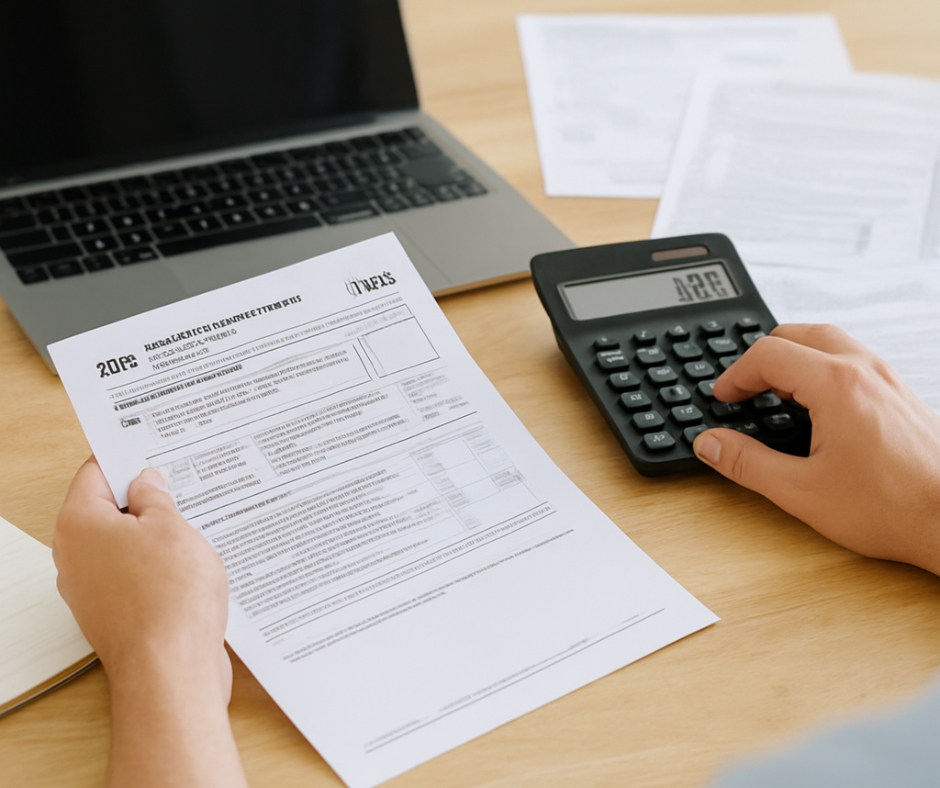Introduction
If you want to reach a wider audience, you must optimize your YouTube channel. YouTube is the second-largest search engine globally, making it a powerful platform for visibility. By taking intentional steps to align your content with SEO best practices, you can improve discoverability and grow your audience. Let’s dive into the essentials of how to optimize your YouTube channel.
1. Understanding YouTube SEO
YouTube SEO involves optimizing your videos and channel to rank higher in search results. This process increases visibility and drives more organic traffic to your content. To begin, focus on understanding how YouTube’s algorithm works. Key factors include watch time, engagement (likes, comments, shares), and relevance to user queries.
2. Keyword Research
Keyword research is foundational when you optimize your YouTube channel. Use tools like Google Keyword Planner or TubeBuddy to identify trending terms relevant to your niche. Incorporate these keywords naturally in your video titles, descriptions, and tags to increase their searchability.
3. Optimizing Video Titles
Your video title is the first thing viewers notice. Use your main keyword early in the title and make it compelling. For instance, instead of “Vlogging Tips,” try “How to Start a Successful Vlog in 2024.” Always aim for clarity and relevance.
4. Crafting Engaging Descriptions
Video descriptions offer an excellent opportunity to include keywords while providing valuable context. Write a clear, engaging summary of your video content. Add links to related videos, timestamps, and calls to action to enhance user experience.
5. Leveraging Tags Effectively
Tags help YouTube’s algorithm understand your content better. Use a mix of broad and specific tags that align with your video. Avoid spamming unrelated tags, as this can negatively affect your ranking.
6. Creating Playlists
Organize your content into playlists based on themes or topics. This approach not only improves navigation for viewers but also boosts watch time—a critical ranking factor.
7. Analyzing Performance with YouTube Studio
Regularly monitor your channel’s performance using YouTube Studio. Track metrics like watch time, click-through rates, and audience retention. Use these insights to refine your strategy and focus on what resonates most with your audience.
Conclusion
Optimizing your YouTube channel for SEO is not just a one-time effort but a continuous process. By implementing these strategies, you’ll create a strong foundation for growth and engagement. Start today and see the difference intentional optimization can make for your channel.













